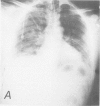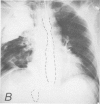Abstract
During a 15-year period from August 1964 to August 1979, 48 patients with gunshot wound of the esophagus (24 of the cervical, 17 of the thoracic, and seven of the abdominal) were treated at Grady Memorial Hospital. In the majority of the patients, the initial history, physical findings, and chest roentgenograms were nondiagnostic for esophageal injury. Esophageal perforation was mainly suspected because the bullet tract was in close proximity to the esophagus or the bullet had traversed the mediastinum. The diagnosis of esophageal perforation was made by esophagography (29 patients), at the time of emergency surgical exploration for suspected other organ injuries (17 patients), or by esophagoscopy (one patient). All but one patient were treated surgically. The surgical procedure most commonly used was primary repair of the esophageal wound with wide drainage of the mediastinum. Thirty-eight (79.2%) of the 48 patients survived, 21 (87.5%) of the 24 patients with cervical, 11 (64.7%) of the 17 patients with thoracic, and six (85.7%) of the seven patients with abdominal esophageal wounds. Ten patients died, three with cervical wound, six with thoracic wound, and one with abdominal esophageal wound. Three patients died intraoperatively from major bleeding and the remaining seven died from the esophageal and/or other associated injuries, four to eight days after surgery. None of the seven patients who underwent primary repair with wide drainage and plication of the suture line with pleural flap or other tissue, died or developed leak at the suture line. This study suggests that the physical and roentgenographic findings in patients with esophageal injury are often nondiagnostic and frequently are masked by coincidental injury to other organs. Hence, a high index of suspicion is required for the diagnosis of esophageal injury from gunshot wounds and esophagography should be performed as soon as the patient's condition is stable in all patients who present with a missile wound in close proximity to the esophagus or traversing the mediastinum. All patients with perforation of the esophagus from bullet wounds should be operated upon as soon as possible after the diagnosis is made. Wide drainage of the mediastinum and primary repair of the esophageal wound and plication of the suture line with parietal pleura or gastric fundus provide the best possible results.
Full text
PDF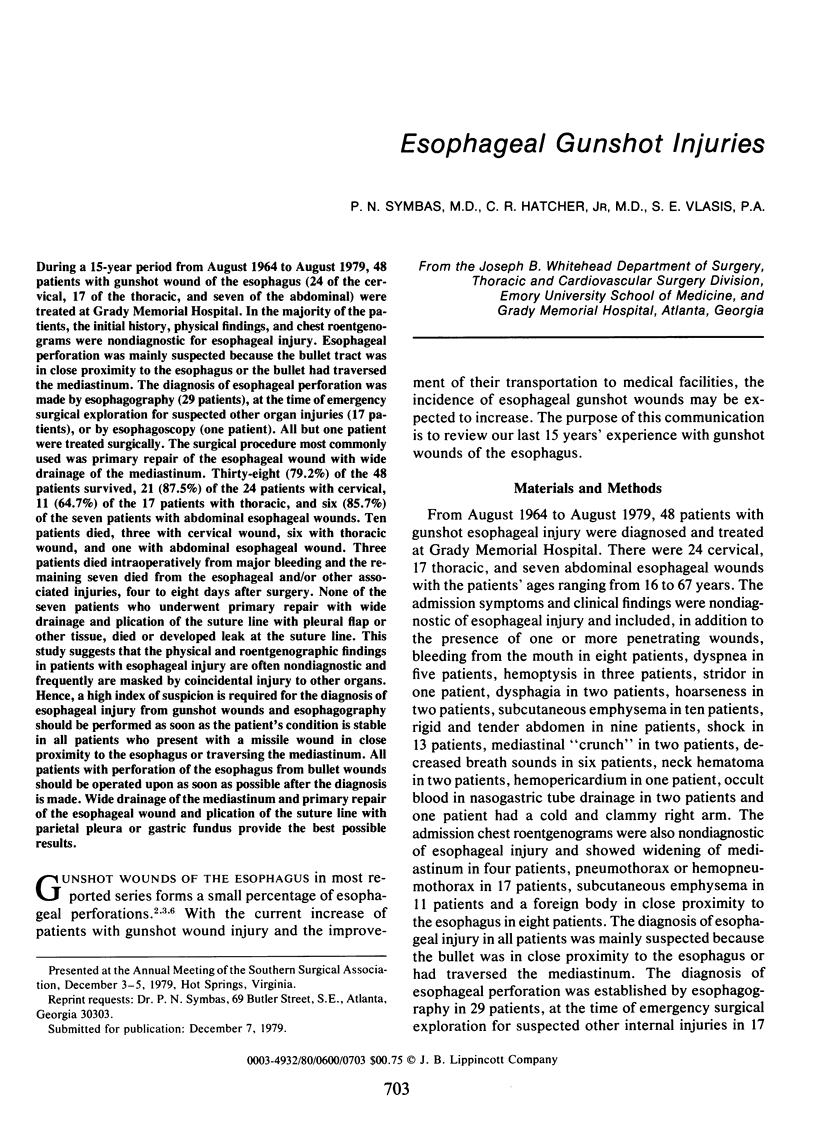
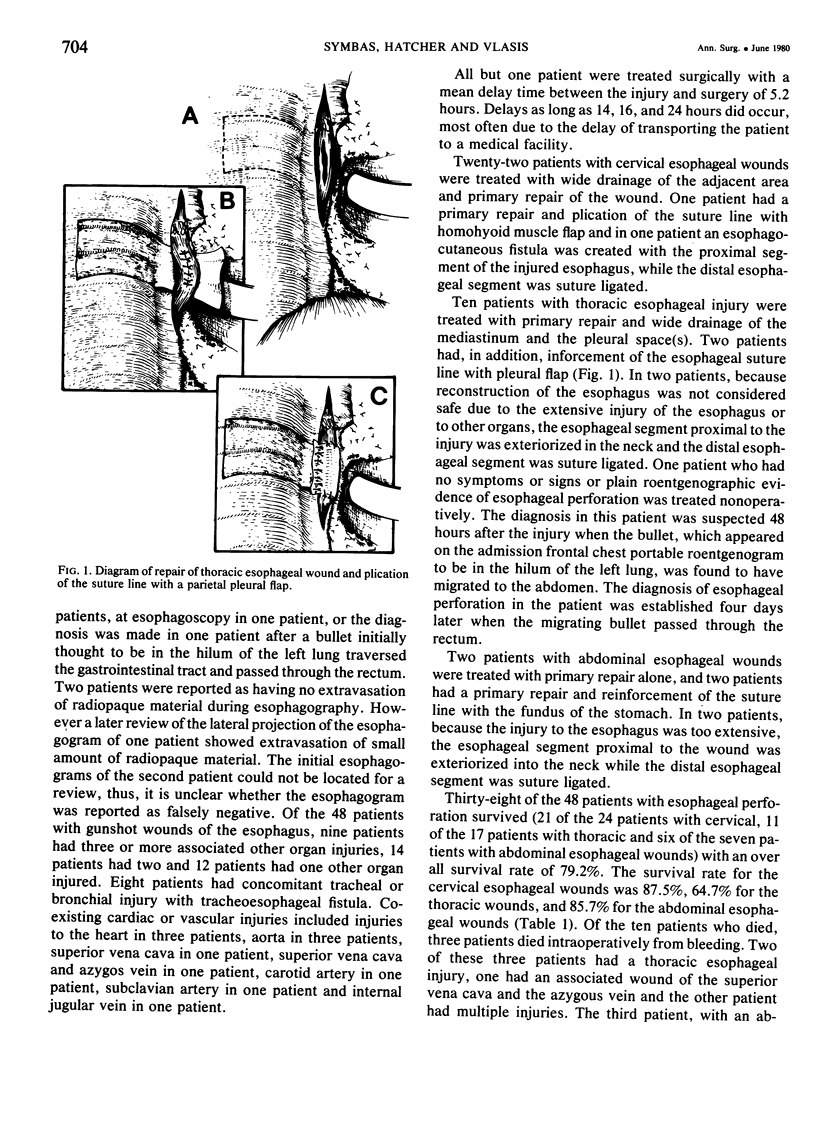
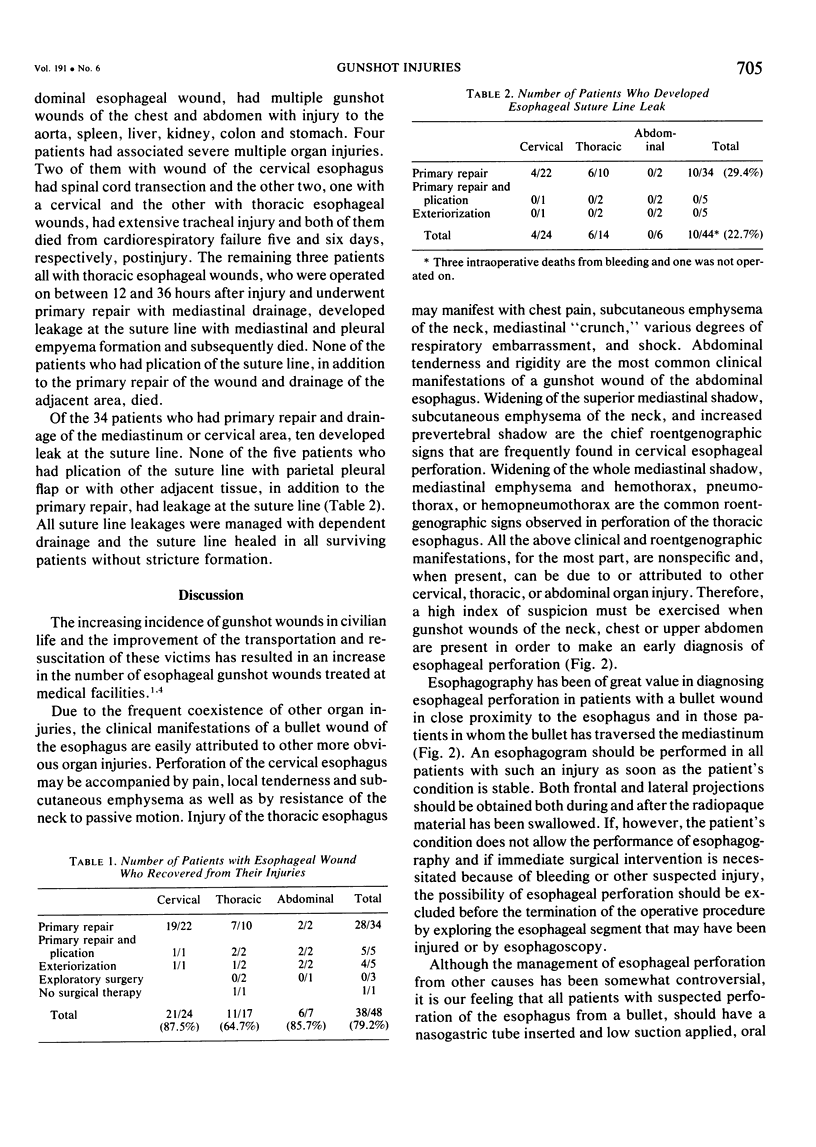
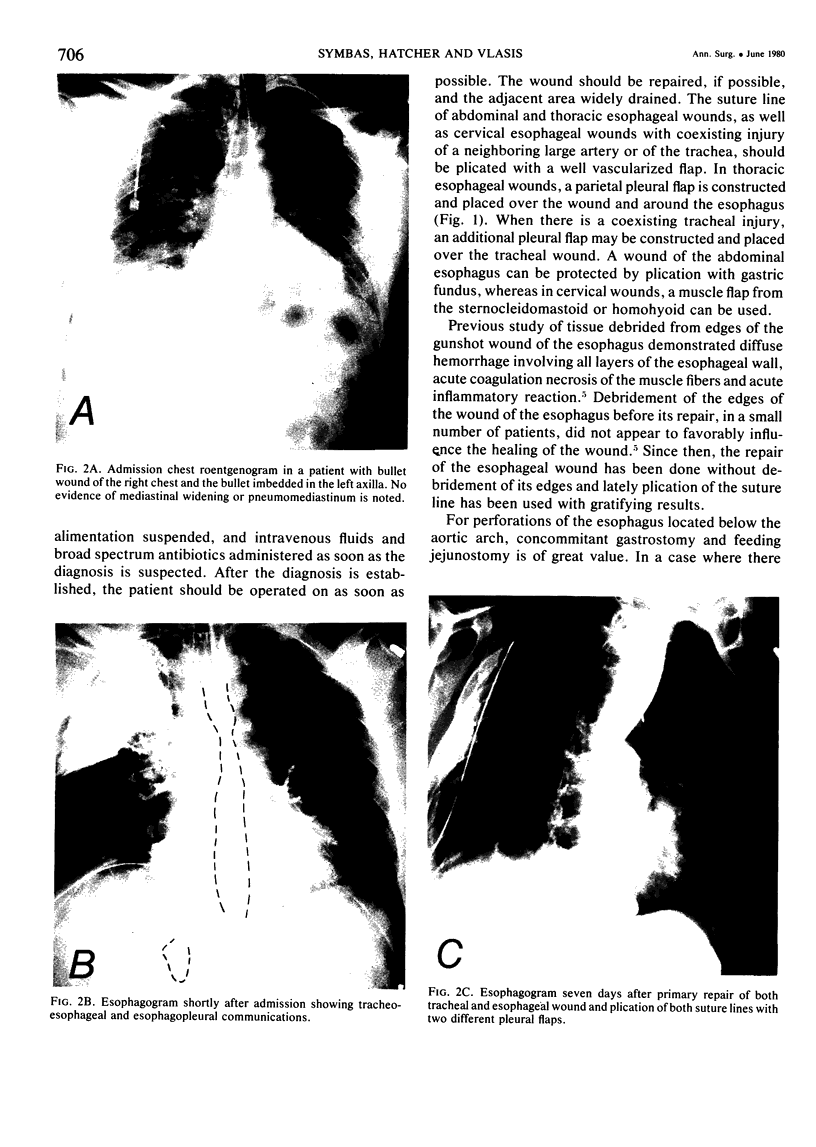
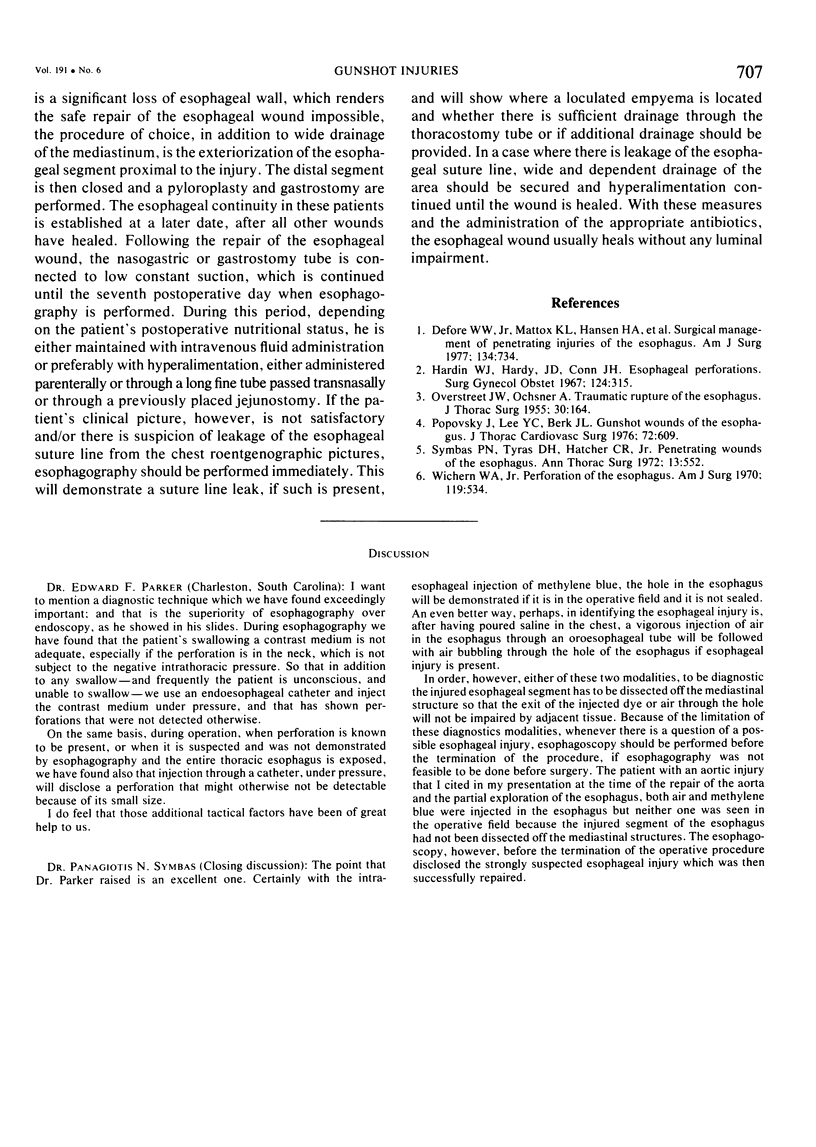
Images in this article
Selected References
These references are in PubMed. This may not be the complete list of references from this article.
- Defore W. W., Jr, Mattox K. L., Hansen H. A., Garcia-Rinaldi R., Beall A. C., Jr, DeBakey M. E. Surgical management of penetrating injuries of the esophagus. Am J Surg. 1977 Dec;134(6):734–738. doi: 10.1016/0002-9610(77)90313-0. [DOI] [PubMed] [Google Scholar]
- OVERSTREET J. W., OCHSNER A. Traumatic rupture of the esophagus; with a report of 13 cases. J Thorac Surg. 1955 Aug;30(2):164–180. [PubMed] [Google Scholar]
- Popovsky J., Lee Y. C., Berk J. L. Gunshot wounds of the esophagus. J Thorac Cardiovasc Surg. 1976 Oct;72(4):609–612. [PubMed] [Google Scholar]
- Symbas P. N., Tyras D. H., Hatcher C. R., Jr, Perry B. Penetrating wounds of the esophagus. Ann Thorac Surg. 1972 Jun;13(6):552–558. doi: 10.1016/s0003-4975(10)65172-7. [DOI] [PubMed] [Google Scholar]
- Wichern W. A., Jr Perforation of the esophagus. Am J Surg. 1970 May;119(5):534–536. doi: 10.1016/0002-9610(70)90170-4. [DOI] [PubMed] [Google Scholar]



